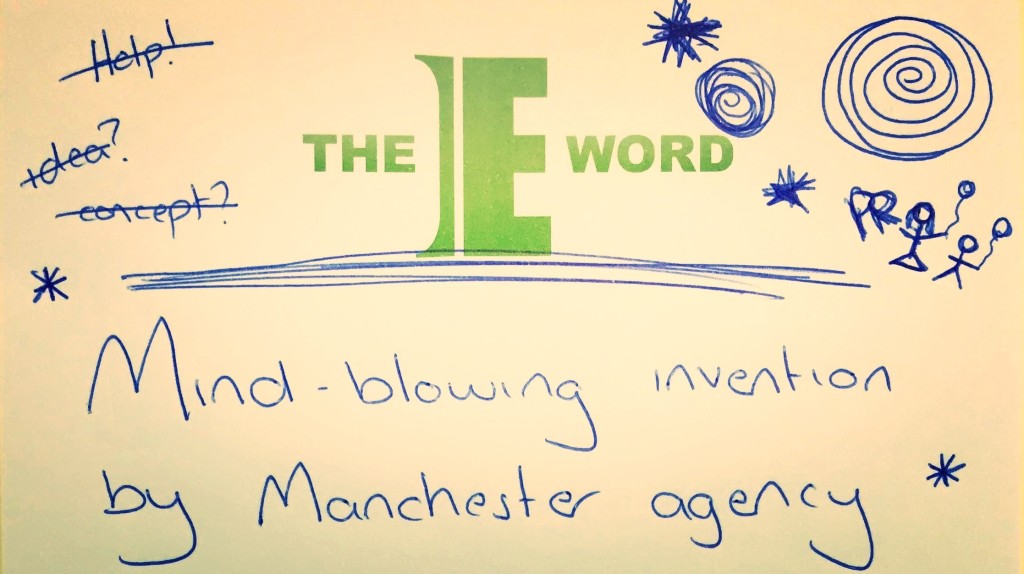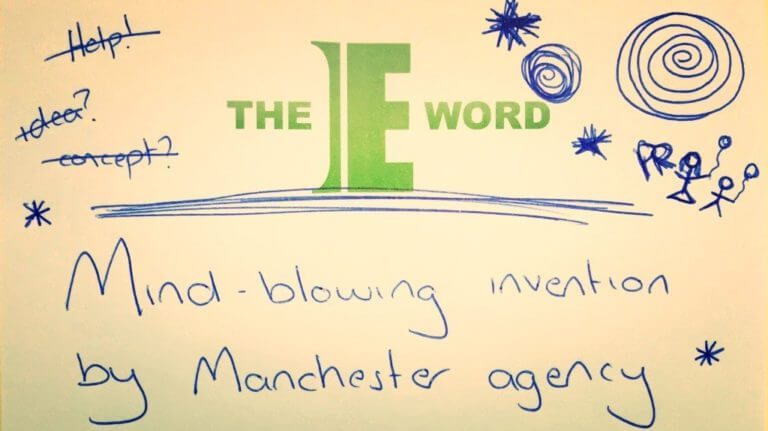
Do you want everyone to hear about how amazing your business is? About how great your latest product is? All the great stuff you do? And do you want to tell everyone why they should buy from you? Sure you do. Everyone does.
One problem; how do you do it?
Press releases, PR and building relationships with journalists are the best way to see yourself in the media. It’s not easy to do, but do it well and your business will thank you for it.
{{cta(‘7dde9db4-1f1c-4117-9b79-4f2110303a9d’)}}
We’ve put together a helpful guide to talk you through every step of a press release, from writing it to contacting the media, and with some useful tips in between.
Before you write the release
Before you put together your release, make sure you take time to consider these points about your business and your story:
- What’s the story here?
See if you can nail down the story or message you want to communicate in two clear sentences. If it becomes complicated or takes anything longer than that, you will need to simplify it so it can grab the attention of the press and their readers.
- Would a journalist be interested in this story?
Whether you’re targeting the big national papers, your local outlets or niche magazines specific to your industry, make sure a journalist would be interested in your story. If it’s been covered already, or if it’s not exciting or new, you run the risk of a journalist turning it down.
Make sure there’s an interesting hook that hasn’t been seen or heard before to ensure journalists will run the story.
- How does it portray my business?
This might sound obvious but make sure your release describes your business or product in a positive way. Negative press will not improve your business so make sure there’s no chance of devaluing your business.
- Where do you want this story to go?
Before you start it’s good to have an idea of where you would like to see your business and story. Not only can this help you pull together your list of contacts for distribution, it will make sure your story is relevant to the articles already printed.
- What outcome do I want to come from this press release and any coverage?
Consider what you would like to achieve by sending out a press release. Do you want to encourage customers to buy a new product? Do you want to increase your brand awareness and increase your profile? Do you want to establish your company as an expert or leader in your industry?
Whatever your reason, be confident your release can help you towards that goal before you send it out to the world.
The release
Next you need to write your press release. This can often feel like the trickiest part, but you can follow these simple steps to craft the perfect tool to send to the media.
- Release date
Consider whether you want the story to be covered right away or if it’s time sensitive. If you’re releasing a product, you might want to ask a journalist to hold back on their story until your product is available.
Use ‘immediate release’ or ‘embargoed until XX/XX/XXXX’ with the date you would like the press release information to be used.
- Headline
Highlight the story with a concise headline. This should grab a reader’s attention and clearly communicate what a story is about.
You can also add a sub headline to add more detail also, but try to keep this to one sentence. You can add more detail and depth in the story.
- Story
Write your story by outlining the main points.
Try to answer the four W’s (who, what, where and when).
If you’re not sure it’s clear, have someone else read the story and describe it back to you. If they can do so easily then your story is journalist ready.
- Quotes
Remember to try and include quotes that a journalist can lift out for their articles.
Make sure you attribute the quote to someone who wants to be quoted and ideally a person of senior authority in your business. E.g. Daniel Nolan, managing director at digital marketing agency theEword, said: “Press releases have been a brilliant tool for our business and our clients.”
- Notes to editors
Add any extra information in a separate section after the main content to help journalists know a little bit more about you and your business.
These facts won’t necessarily be printed, but they can help the journalist to describe your business to their readers; this is particularly useful for a new business or a new product launch.
Possible points include; where your company is based, other products or services you sell, when the company was founded.etc
- Extra information
Include details of where a journalist should look for more information. This can be to your website or the contact details such an email or phone number from someone at your company.
If you also have extra information such as images, videos or even samples to send out, include that here.
Distribution
The final step of a press release is outreaching to the media and getting yourself seen and heard. This can be a long and hard process but it’s worth the reward of seeing your business in the press and getting more awareness.
- Put together a list of media to contact
Pull together a list of places to contact – you might have already done this before you wrote your release.
Search out the details of their editorial department, news desk or reporters that might cover your piece.
Think about your industry too; if you’re a tech business don’t contact the crime or health reporters, but find the technology reporter instead.
Where possible find a person to contact directly instead of a generic ‘info@’ email, as it’s more likely to be seen and used.
- Send emails to editorial departments and individual journalists
Contact those journalists! Try to email each journalist directly and explain why you think it would be important to their publication and their readers.
It might be tempting to use a blanket approach and send it to all of your media list in one email but the personal approach will stand out better and win over journalists for your efforts.
- Follow up these emails with a phone call
Often you will receive a response from those interested by email or they will call you via the contact details you have included.
For those that you haven’t heard anything from or have yet to cover the story, call them to politely ask for feedback.
There can be difficult times to call but try to stick to between 10am-12pm and 2pm-4pm, as a journalist is more likely to be at their desks.
- Thank those who cover your story
For any coverage you gain, take the time to contact the journalist and thank them for their piece.
Often this can win you brownie points and mean they’ll come back to you in future.
You’re on your way to press release success
You’re ready to start publicising yourself so write your release and get talking to the media. Yes, it can be nerve wracking, but remember you have news to tell and journalists love to hear stories. Good luck!
Why not make your life even easier and download our press release template? Pop your details in the form below and we’ll email it straight over:
So now you’ve nailed the art of writing the perfect press release, what next? Check out our blog on how to pitch to journalists here.

